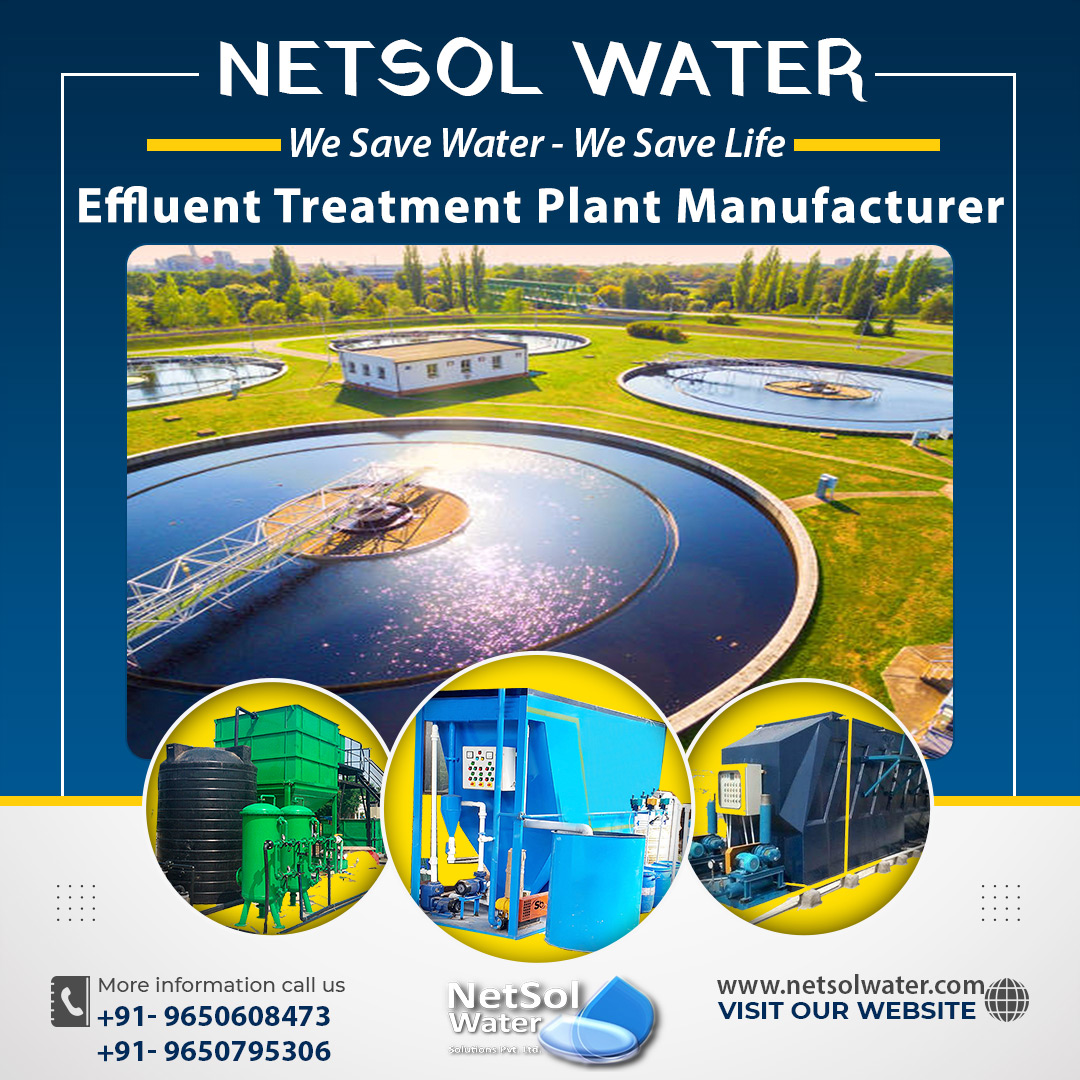Which ETP is best suited for the pharmaceutical industry?
With the rise in worldwide medicine demand, the pharmaceutical sector has become one of the top 26 polluters of solid waste and effluent into the environment. Approximately half of the worldwide pharmaceutical wastewater is discharged without any prescribed pretreatment, according to estimates.
Contaminants present in Pharmaceutical Industry Wastewater
Despite the fact that pharmaceutical industrial wastewater is small in volume, it contains high level of pollutants due to the presence of non-biodegradable organic matter such as antibiotics, other prescription drugs, non-prescription drugs, animal and plant steroids, reproductive hormones, betalactamides, anti-inflammatories, analgesics, lipid regulators, anti-depressants, cytostatic agents, personal care products, and detergents.
The flow and composition of pharmaceutical industry wastewater varies greatly depending on factors such as production rate, the specific preparation being carried out, which activities are generating the waste water, and so on. Because of all of these variables, the contamination of the final effluent can be extremely varied over time.
In general, these wastewaters contain the following:
1: Organic stuff in abundance, with a major portion of it easily biodegradable (alcohol, acetone, etc.).
2: Organic molecules that degrade slowly and refractory chemicals (aromatic compounds, chlorinated hydrocarbons, etc.).
3: Compounds that inhibit and are harmful (antibiotics).
4: Surfactant-based soaps and detergents.
At the end of the manufacturing process, washing equipment produces the majority of the effluent. Other smaller and polluting quantities come from water purification (rejects from reverse osmosis and renewal of ion exchange resins), cleaning of the installations, laboratory effluents, and so forth.
Given the large range of potential chemicals and the great diversity in effluents created by this sort of enterprise, the optimal strategies for treating them will vary from case to case. The next section analyses the strategies that may be the most competitive based on numerous aspects, including their benefits and value points.
What are the various wastewater treatment options in Pharmaceutical Industry?
1:Activated sludge biological process: Although this is the most competitive process for waste water with easily biodegradable organic matter, it is not the most recommendable method due to the possibility of inhibitory and poisonous chemicals for the biomass, as well as the low biodegradability of some effluents generated. It is, however, a straightforward and efficient process if the pollutants are biodegradable.
2: Biofilm reactor with moving bed (MBBR): MBBR is without a doubt the most efficient choice when the waste water is suitable with biological treatment and the organic matter level is high. The formation of biomass as a biofilm on plastic supports that are constantly moving in the biological reactor is the basis of this technique. Because these supports have a large specific surface per unit of volume, they allow more biomass to flow per unit of volume than traditional reactors.
3: Vacuum evaporators with mechanical steam compression: When a biological process is not viable (presence of persistent, inhibitor, or toxic compounds, low biodegradability, etc.) or when the nature of the waste water pollution varies greatly over time, vacuum evaporation of water with mechanical compression of steam is a very efficient, robust, simple, and accessible option with low energy costs. Steam is mechanically compressed to boost its temperature, resulting in superheated steam that gives up its energy in a heat exchanger to heat the water to be evaporated while the steam condenses. The boiling point and steam temperature range from 60 oC to 90 oC when functioning in vacuum.
4: Process of anaerobic digestion: When waste water includes a high concentration of biodegradable organic matter and no harmful or inhibitory chemicals, anaerobic digestion can be a cost-effective and efficient method of treatment. Because it is anaerobic, it not only reduces aeration but also produces biogas, which can be transformed into heat and energy very quickly.
5: Process of advanced oxidation: When waste water has a high concentration of persistent chemicals (chemically extremely stable) or dangerous substances, or when the pollutants have a poor biodegradability, more complex techniques for eliminating the pollutants are required. Advanced oxidation encompasses a wide range of methods, the majority of which rely on the generation of hydroxyl radicals or the provision of the energy required to destroy the polluting molecule. These methods are particularly effective at removing halogenated hydrocarbons (benzene, toluene, phenol, and others), detergents, and dyes. Electro-chemical oxidation, catalytic ozonation, anodic oxidation, the combination of UV light and hydrogen peroxide, Fenton's reagent, and photo catalysis are the most prevalent of the many approaches available.
Conclusion
To summarize, both the moving bed biofilm reactor (MBBR) and anaerobic methods can be effective when the contaminants are organic and easily biodegradable.
Vacuum evaporation is a durable, efficient, adaptable, and competitive solution when a biological process is not practical.
Advanced oxidation methods are reserved for situations where the flow to be treated is modest, despite their great efficiency and non-selectivity, due to the cost involved.
In general, the best treatment choice will be determined by each instance, and an expert company's participation will be required to investigate and create the most appropriate approach for each situation.
Technical assistance and guidance
Netsol Water collaborates with a wide range of international organizations to tackle complicated wastewater problems by strategically integrating modern treatment technology with practical solutions.
Think of us when it comes to wastewater management for your organisation, adapted to your specific needs. We provide a cost-effective method to reuse and recycle water. Deal with us for wastewater treatment equipment’s and develop your business while complying with environmental standards.




